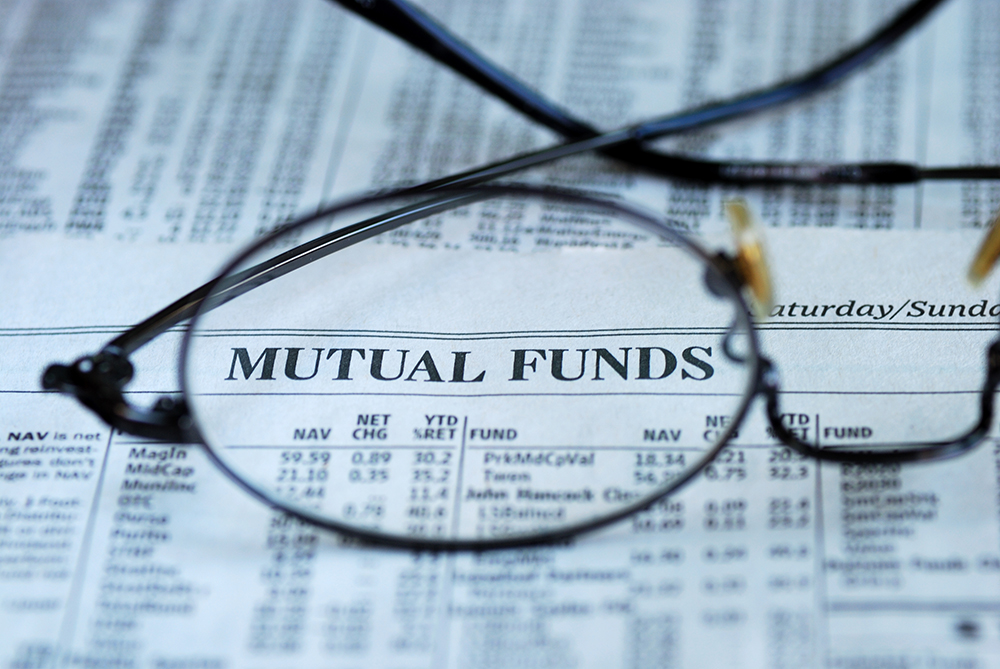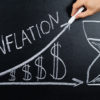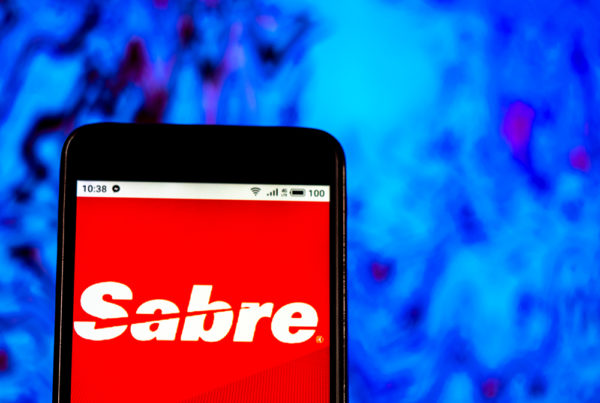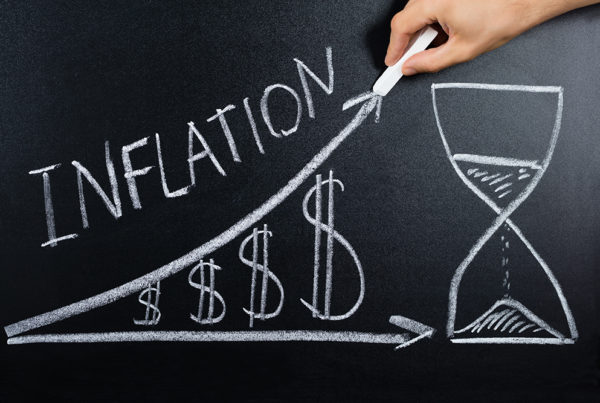It’s one of the eternal questions: Active or passive?
Most financial advisors, including our own contributor Dave Sterman, steer their clients toward the passive approach. And why not? Studies of active investing show that professional fund managers fail to beat the market most of the time, a pain that’s exacerbated by the commissions they collect. Passive investors, by contrast, in effect ARE the market – by owning an index fund, they’ll receive the market’s return. The same return that active traders usually fail to achieve.
Still, there are exceptions, and in the article below Dave offers a couple for your consideration.
— Bob Bogda, Editor
P.S. Like what you see? Don’t like what you see? Let me know.
Thanks to heavy exposure in 401(k) plans and widespread appeal to stock brokers and wealth managers for the kickbacks they earn, a stunning $21.3 trillion is invested in our nation’s mutual funds, according to Statista.com.
Trouble is, most mutual funds simply fail to deliver. Morningstar looked at 10-year returns (through the end of June 2019) and found that “only 23% of all active funds topped the average of their passive rivals.” That’s because the high fees charged by mutual funds eat into returns, to the point where those returns can lag the market on an after-fee basis. That’s in contrast to those “passive rivals,” that Morningstar cites, which we refer to as exchange-traded funds (ETFs). That’s why I am a huge proponent of ETFs with my financial planning clients.
In a July 2020 study by University of Chicago professors Lubos Pastor and Blair Vorstaz, the authors conclude that “despite its long-lasting underperformance, the active management industry remains large, managing tens of trillions of dollars. The existence of a large underperforming industry appears puzzling because an alternative—passive funds—is easily available to investors.”
Yet every rule has an exception, and I make one for closed-end mutual funds. While the vast majority of mutual funds are open-end (which means the number of shares in the fund varies by supply and demand), closed-end funds (which offer only a fixed number of shares upon fund launch) can often provide clear value to investors.
Since the number of shares are fixed, a drop in demand for shares can cause the price of the fund to drop below the value of the assets held in the fund. Sometimes well below. This is known as a closed-end fund discount to net asset value (NAV).
Imagine paying 85 or 90 cents for every dollar of assets in a fund. That’s precisely what you’ll get with many closed-end funds. And often, the discount to NAV can narrow, pushing up the closed end fund’s price even faster than the value of its underlying holdings.
These discounted funds possess yet another virtue. They are often focused on investments that produce solid dividends. And when they trade at a discount to NAV, that dividend yield can be boosted even higher.
Let’s look at an example. The Duff & Phelps Utility and Infrastructure Fund (DPG) owns a range of assets in the power generation and transportation segments (which includes things such as ports, railroads, bridges and tunnels, and airports).
Yet its top holdings include firms such as NextEra Energy and Iberdrola, two major players in the emerging field of clean energy power generation. This fund’s assets are worth $13.49 per share. But the shares themselves trade for less than $12. The fund has paid a consistent $1.40 per share dividend for four straight years. That reflects the stable income produced by its core holdings.
The dividend yield based on the $13.49 works out to be 10.4%–quite impressive enough. Yet since investors can buy shares for around $11.92, the actual dividend yield is an even more impressive 11.7%.
Shares may or may not trade all the way up to the current NAV. If that happens, that would merely be a boost to an already appealing investment set-up.
Action to Take: Buy shares of the Duff & Phelps Utility and Infrastructure Fund (DPG) up to $13.50 and prepare to sell off shares reaching $15.
SPONSORSHIP
A free retirement strategy you MUST see
Want to learn how to retire rich with just 3 stocks?
Get the names and tickers of the 3 stocks you need to get started.
Investors should also consider closed-end funds for their bond exposure. And the DoubleLine Yield Opportunities (DLY) is a great example. DoubleLine is run by legendary bond investor Jeffrey Gundlach, who has a proven knack for spotting bargains in the bond market.
The DoubleLine Total Return Bond fund (DLTNX) is the firm’s most popular, with $52 billion in assets. Yet it is an open-end mutual fund, depriving us of the NAV discount that we seek. The fund yields 3.22%.
Meanwhile, the DLY closed-end fund can be bought for $17.74 a share, even though its assets are worth a collective $19.52 a share. That’s a roughly 9% discount. The fund carries a $1.40 a share annual dividend, which works out to be an effective dividend yield of around 7.9%, or more than twice the more popular DoubleLine Total Return Bond fund.
Action to Take: Buy shares of the DoubleLine Yield Opportunities (DLY) up to $18.50 a share and sell when they reach $20.
You’ll notice that there isn’t a large difference between my buy limit price and the sell price. That’s because these kinds of funds see their share prices move very slowly. So it may take some time to reach such price levels. But that’s OK. These funds are owned for the stellar yields and not their potential share price appreciation.
Looking for a solid closed-end fund that trades at a massive discount to NAV? Check out the John Hancock Tax-Advantaged Global Shareholder Yield Fund (HTY). It trades at around $5.46 a share, yet has a NAV of $6.36, which works out to be a 14% discount.
SPONSORSHIP
The #1 Stock for the Electric Car Boom
Former Wall Street whiz kid says there’s one small company at the epicenter of the $3 TRILLION electric car boom… and very few people are paying attention to it right now.









